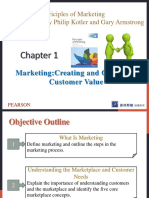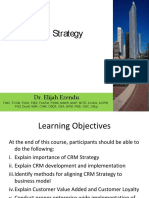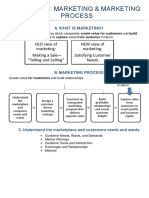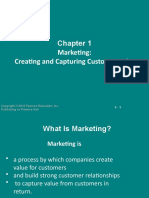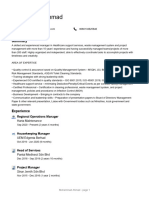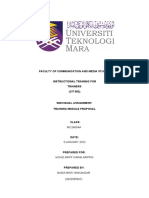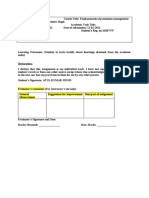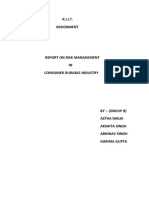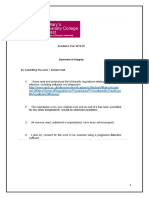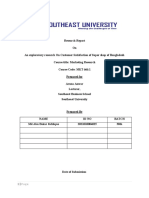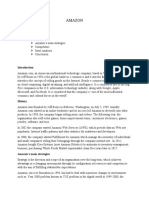0% found this document useful (0 votes)
12 views5 pagesWeek 2 Workshop - Proposal Comparison File
The proposal outlines the need for the company to improve customer relations due to declining return customers and poor reviews, despite increased sales from marketing investments. Recommendations include adopting customer-centric practices, enhancing emotional connections with consumers, and implementing collaborative sales strategies. The proposal emphasizes the importance of practical training for marketers to build trust and loyalty, with an implementation plan focused on a shift in marketing strategy towards better customer engagement.
Uploaded by
daisy jeropCopyright
© © All Rights Reserved
We take content rights seriously. If you suspect this is your content, claim it here.
Available Formats
Download as DOC, PDF, TXT or read online on Scribd
0% found this document useful (0 votes)
12 views5 pagesWeek 2 Workshop - Proposal Comparison File
The proposal outlines the need for the company to improve customer relations due to declining return customers and poor reviews, despite increased sales from marketing investments. Recommendations include adopting customer-centric practices, enhancing emotional connections with consumers, and implementing collaborative sales strategies. The proposal emphasizes the importance of practical training for marketers to build trust and loyalty, with an implementation plan focused on a shift in marketing strategy towards better customer engagement.
Uploaded by
daisy jeropCopyright
© © All Rights Reserved
We take content rights seriously. If you suspect this is your content, claim it here.
Available Formats
Download as DOC, PDF, TXT or read online on Scribd
/ 5










